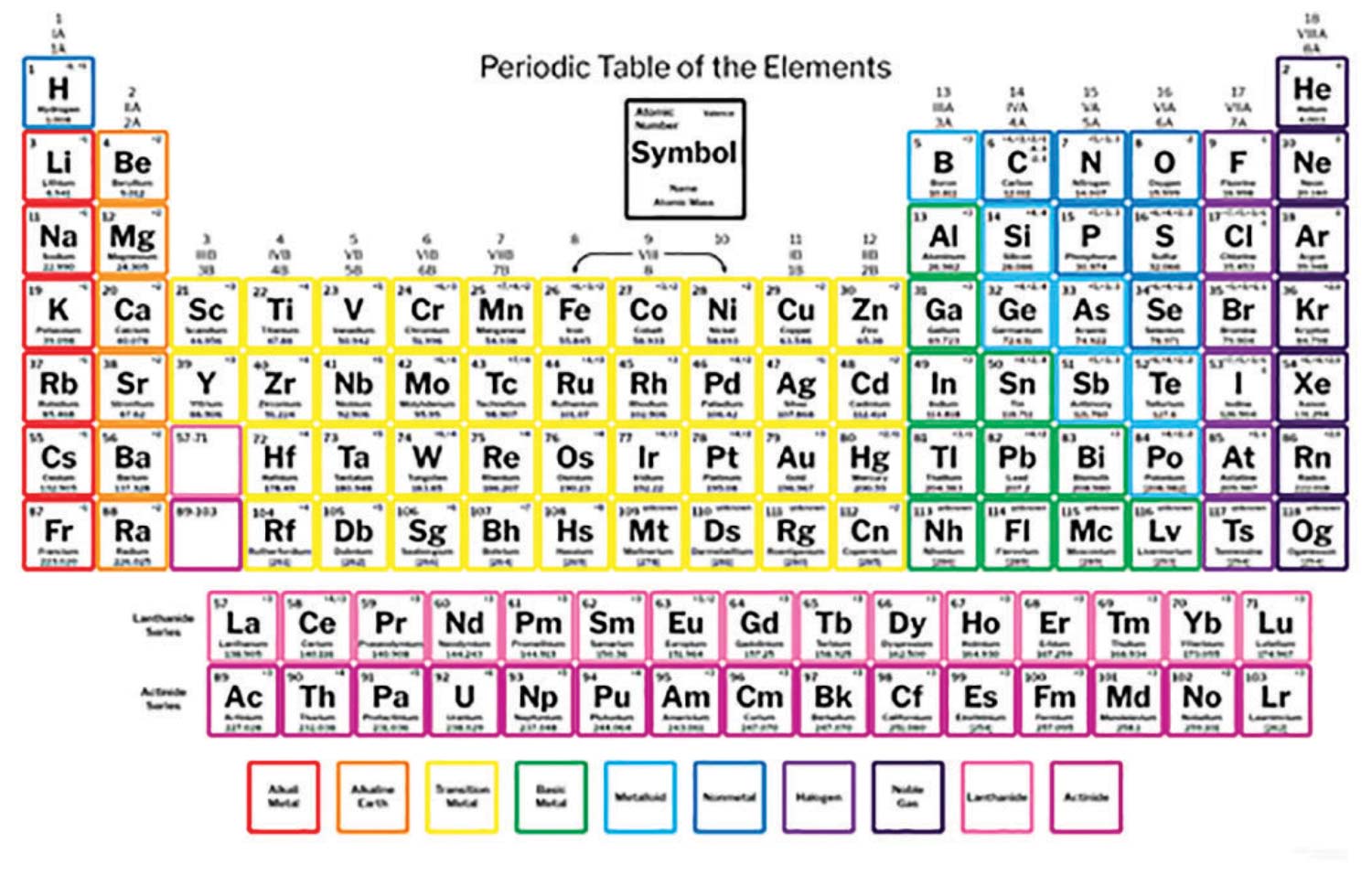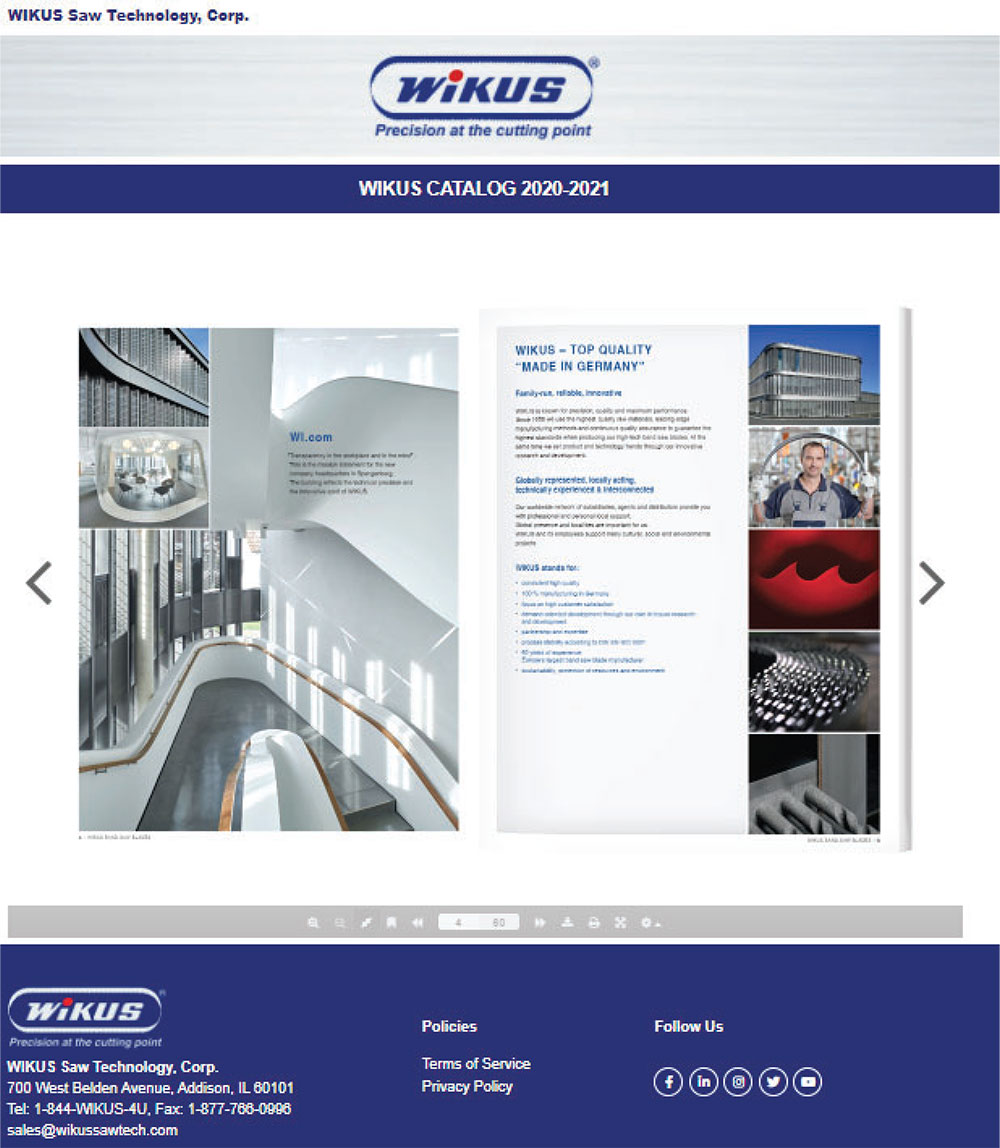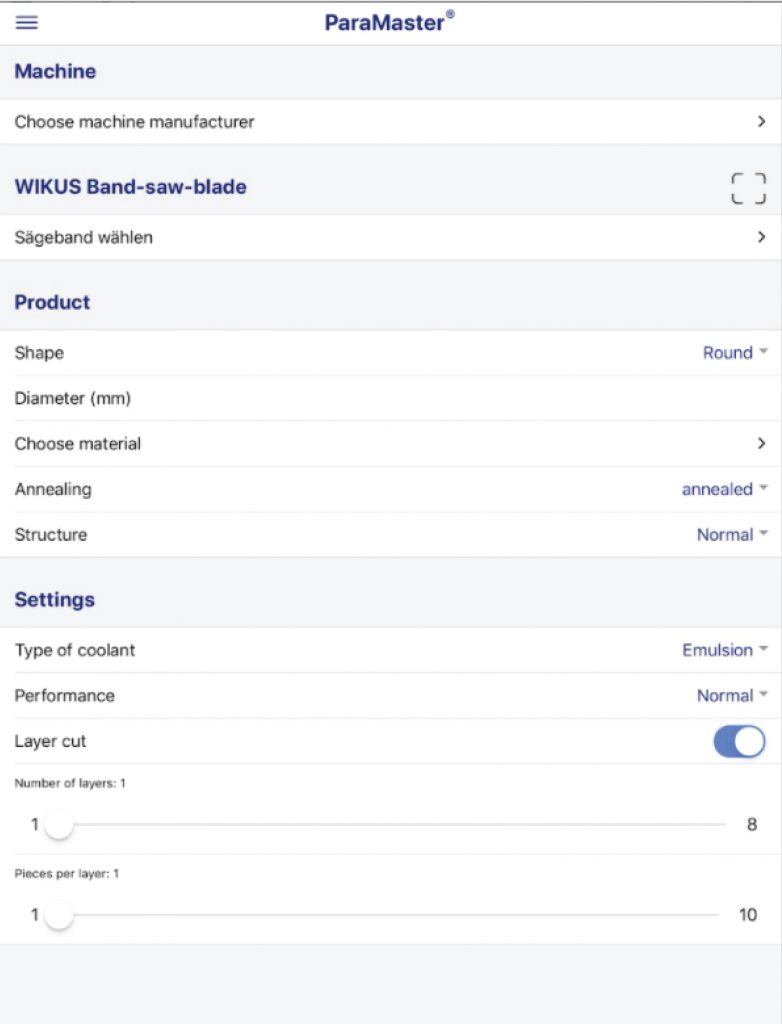Nickel and its various alloys tend to work harden during machining. To combat this, the cutting tool should have a positive rake and sharp edge. Making setups as rigid as possible is especially important for super-tough metals like nickel and nickel-bearing alloys.
All cutting tool manufacturers supply recommended surface speeds and feed rate ranges. When trouble strikes, shoot for the upper end of those parameters and cut more aggressively, not less. Proper parameters provide consistent chip loads and prevent shock to the cutting tool and workpiece alike.
As number 28 on the periodic table, nickel was first isolated in 1751. Its name comes from the belief by German miners that the reddish-brown metal, known then as “kupfernickel” (which translates to “devil’s copper”) was making them sick. Their illness was actually caused by the high amount of arsenic contained in the ore they were removing from the
cobalt mines of Sweden.
Nickel is an extremely important metal. Along with chromium, it is one of the most essential of all alloying elements, used in a wide variety of steels, stainless steels and superalloys. It’s tough, corrosion-resistant and exhibits excellent strength and impact properties. Common types of nickel-alloys include Inconel, Hastelloy, Waspaloy, stainless steels including 304, 316 and 17-4—and others. Given a sharp tooth and the right cutting parameters, pure nickel is not terribly difficult to cut, although nickel alloys such as Ni-Span-C 902 and Monel K-500 bear machinability ratings of 15 percent or less. Here are a few things you should know if you’re currently cutting, or about to cut, this challenging material.
1. Keep Your Metal Tooth Sharp and Coated
Nickel and its various alloys tend to work harden during the sawing process. There are several ways to combat this. First, the tooth should have a positive rake and sharp edge. Because it is
less brittle than carbide, bimetal might work well, although the cutting speeds in this case must be kept quite low, typically at 100 surface feet per minute or less as a starting point.
2. Stay Rigid in Your Nickel Alloy Cutting
Making setups as rigid as possible is good advice for any cutting application, but especially so for super-tough metals like nickel and nickel-bearing alloys. Secure vising whenever possible,
even if it means investing in new vises. Proper guide pressure and alignment to avoid blade deflection and the chatter that comes with it. Vibration and chatter should be minimized and
parameters adjusted accordingly to reduce both.
3. To Prolong Tool Life, Get Aggressive with Feeds and Speeds
Trying to increase tool life? Your first instinct might be to ease off on the feed and slow down the speed. Bad idea. All cutting tool nickel-based materials, both of which lead to catastrophic tooth failure if not addressed in a timely manner.
4. Use the right Parameters
Proper parameters are paramount. They provide consistent chip loads and prevent shock to the tooth and workpiece alike. Because nickel-based alloys are tough, tooth penetration should
be well below the radius of the tip and feed rates relatively high. Ramping into and out of the cut is another effective way to cut these materials.
5. Find the Sweet Spot: Document Your Parameters and
Cutting Conditions Finding the sweet spot for machining alloys high in nickel requires some trial and error. You can avoid unexpected failures by developing a predictable, tested process, but this in turn calls for documenting what blades, grades, and cutting parameters have been tried, and the results for each. Take baby steps. Don’t be afraid to push beyond the recommendations, but, be sure the process is stable before walking away from the machine.
Document blade life the old-fashioned way, using pen and paper. If you can get 3,000 sq” out of a carbide blade, count yourself fortunate. Nickel alloy machining is no time for tribal knowledge
or uncontrolled process. Get documenting.









